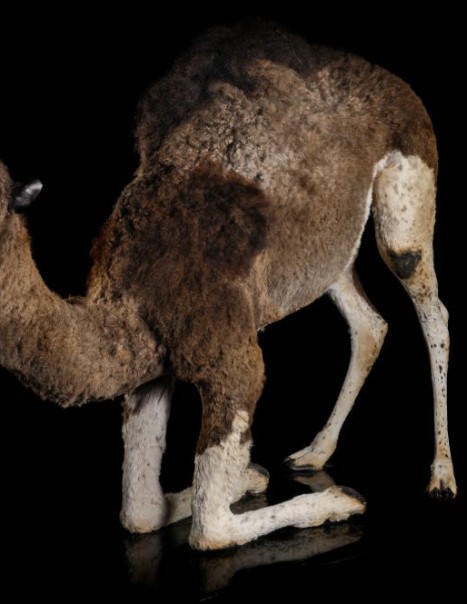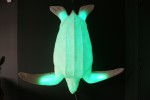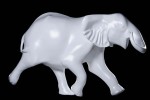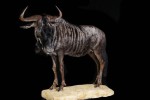Dromedary/Arabian camel/Indian camel – Camelus dromedarius
Dromedary – Camelus dromedarius
The dromedary is a member of the genus Camelus and the Camelidae family.
It is also known as Arabian camel or Indian camel.
The dromadery is a large even-toed ungulate with one hump on it sback.
Males are 1.8 to 2 m tall and females are 1.7–1.9 m. Males range from 400 to 600 kg while females weigh 300 to 540 kg. The notable hump, measuring 20 cm high, is composed of fat bound together by fibrous tissue.
They vary in colour from a light beige to dark brown.
Their diet includes foliage and desert vegetation, like thorny plants which their extremely tough mouths allow them to eat.
These camels are active in the day, and rest together in groups. Led by a dominant male, each herd consists of about 20 individuals. Some males form bachelor groups. Dromedaries show no signs of territoriality, as herds often merge during calamities. Predators in the wild include wolves, lions and tigers. Dromedaries use a wide set of vocalizations to communicate with each other.
They have various adaptations to help them exist in their desert habitat. Dromedaries have bushy eyebrows and two rows of long eyelashes to protect their eyes and can close their nostrils to face sandstorms. Their ears are also lined with protective hair. When water-deprived, they can fluctuate their body temperature by 6 °C, changing from a morning minimum of 34° to a maximum of 40° or so in the afternoon. This reduces heat flow from the environment to the body and thereby water loss through perspiration is minimised. They have specialized kidneys, which make them able to tolerate water loss of more than 30% of their body mass; a loss of 15% would prove fatal in most other animals.
Mating usually occurs in winter, often overlapping the rainy season. One calf is born after the gestational period of 15 months and is fed for about two years.
Today, almost 13 million dromedaries are domesticated.
Their hair is a highly regarded source material for woven goods and their dung is used as fertiliser and fuel.
Product Description





